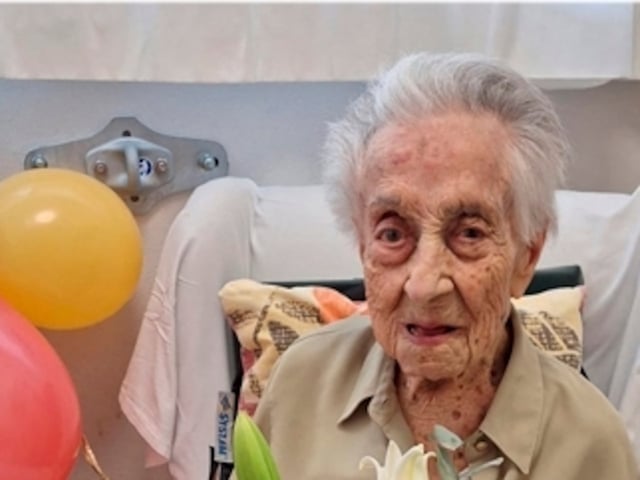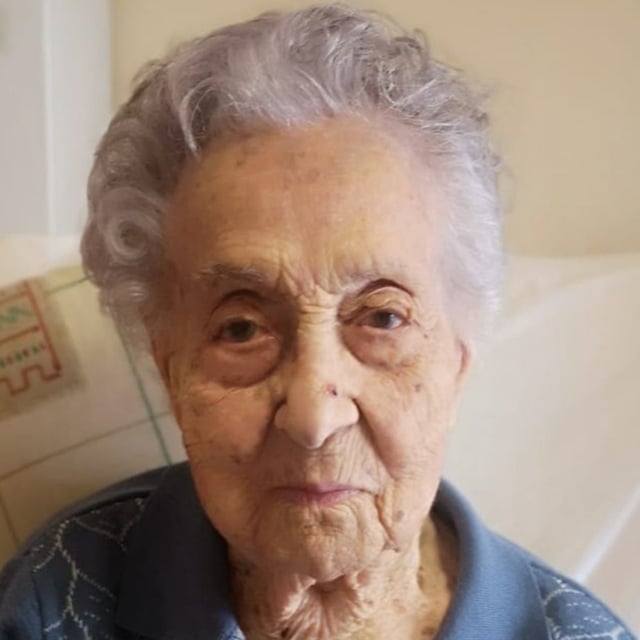Overview
- Researchers analyzed blood, saliva, urine, and stool from Maria Branyas Morera, who was the world’s oldest living person until her death in 2024, creating the most comprehensive multi-omic profile yet of a supercentenarian.
- Genomic sequencing revealed rare variants linked to cardioprotection, neuroprotection, immune fitness, and efficient lipid handling, alongside very low atherogenic lipids and inflammation markers.
- Epigenetic clocks estimated a biological age about 23 years younger than her chronological age, indicating decelerated epigenetic aging across multiple tissues.
- Her gut microbiome showed unusually high levels of Bifidobacterium typical of much younger people, with authors noting her daily plain yogurt habit as a plausible contributor but not proven cause.
- Despite hallmarks of advanced aging such as ultra-short telomeres, clonal hematopoiesis, and age-associated B cells, she remained free of cancer, cardiovascular disease, and dementia, though experts stress conclusions from a single case are limited and best used to guide future cohort studies.



